Hanna & Barbera, the masterminds behind Studio Hanna-Barbera, have been called to create "the most successful animation studio in American history." Their animations revolutionized television and helped define animation as a medium and as a genre of television.
Their success was built on some animation studio secrets (or perhaps a formula to success?) Some were simple, while others were groundbreaking. Together they formed a recipe for making great animations that stood the test of time. Let's dive into 5 animation secrets from this mythical duo in this blog!
1. Hanna & Barbera Mastered the Use of "Short Gags"
One of the keys to an entertaining cartoon is the use of "short gags." What is a short gag? They are often used to get a laugh, but they can also be used to set up a longer gag. Short gags originated in animation through Hanna & Barbera cartoons, who were not afraid to repeat jokes when they knew an audience would find it funny. In fact, if you watch any episode of The Flintstones or Wacky Races, you'll notice that many of their best jokes are repeated throughout both shows.
They used this technique to build upon the joke, making it more complex and interesting. The way they did this was by adding characters or plot twists that would add a new dimension to the joke.
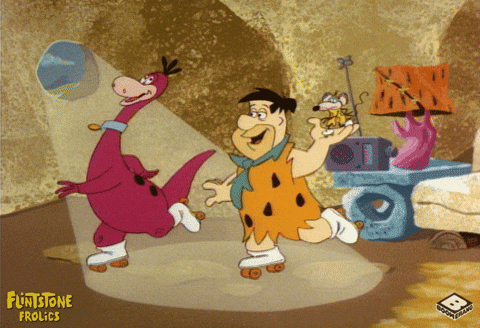
GIF by Boomerang Official via GIPHY
For example, in The Flintstones episode "The Birds and the Freds," Fred is trying to get into a nightclub called "the Birdcage." When he gets there, he's told by the bouncer that his name is not on the list. Fred tells them that they must have it wrong because "I'm Fred Flintstone, and I live at 714 Bedrock Drive." The bouncer replies: "Well then, why don't you write it down?" Fred thinks for a minute and says "That's the problem, I can't read or write." It's a simple joke that plays on the cartoon and adds dimension to the character!
2. Hanna & Barbera Used Limited Animation Techniques to Their Best
Hanna-Barbera is well known for using limited animation techniques to their best. These techniques were used to save money on production costs, but they also created the illusion of movement and life in their characters.
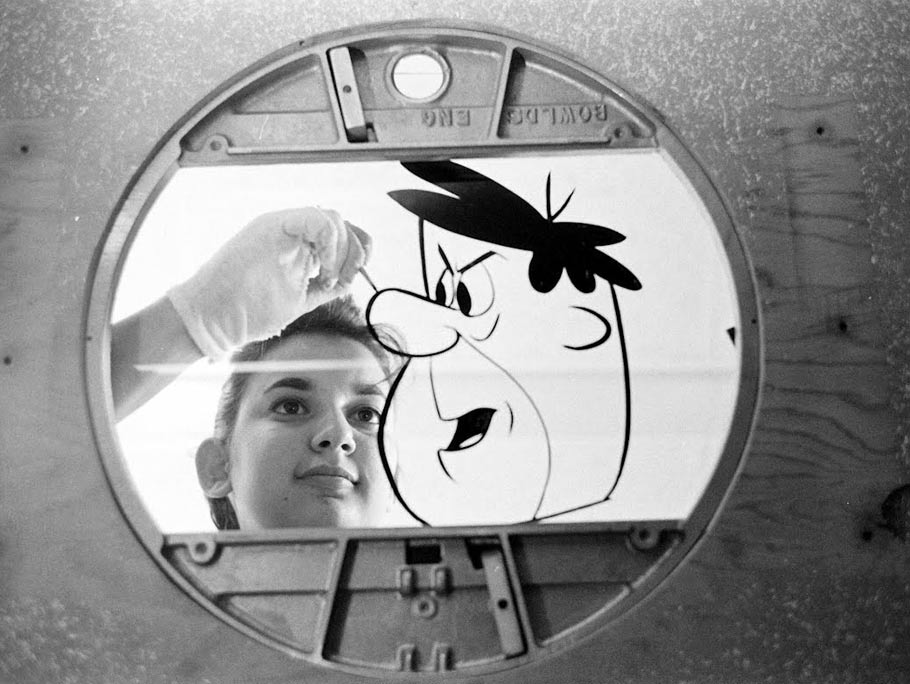
Image via Cartoon Brew
This saved time and money! This is because it requires less time and effort on the part of Hanna & Barbera to animate each frame (or drawing). It’s important to note that these were still hand-drawn images, just not as detailed as other shows on TV.
It’s also important to note that these techniques were used on purpose. Hanna-Barbera wanted their shows to be accessible to everyone, not just the upper class. This meant they had to keep costs down and make sure each episode could be made quickly.
3. William Hanna & Joseph Barbera Used Visual Puns
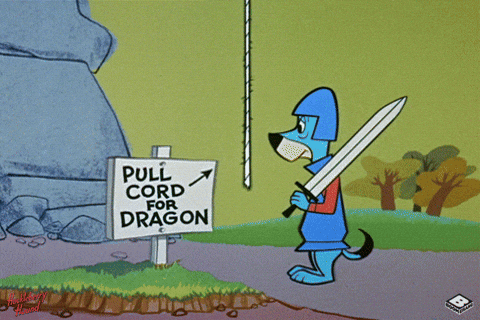
GIF by Boomerang Official via GIPHY
The thing that makes visual puns so fun is that they’re a great way to add humor to your animation without relying on dialogue. Since cartoons were all about the action, Hanna & Barbera used visual puns as frequently as possible.
Another example would be from The Flintstones: Fred was playing golf one day with Barney Rubble and said something about how terrible his golf game was for missing out on birdie putts (birdie = bird). Barney then replied by saying; “No no no no.. Birdies are not birds they're golf balls. You were suppose to hit them into the hole not eat them!" while cutting to a shot of Fred eating one of the balls.
4. Hanna & Barbera Prioritized Creating the Perfect Music for Animation
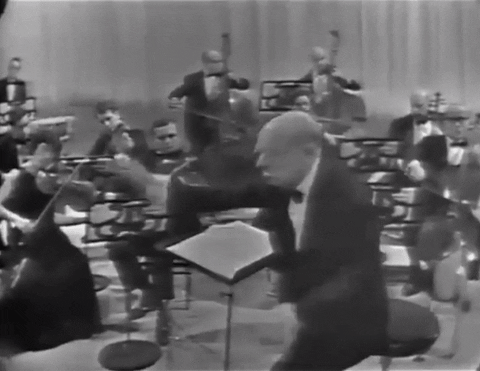
GIF by The Kennedy Center via GIPHY
The music of Hanna & Barbera is one of their most distinctive characteristics. It's not just the fact that they used popular songs from the 1930s and 1940s; it's how they use them. The music isn't just background noise, but an essential element of the comedy.
When you watch any H&B cartoon, you'll see that there are musical cues for every part of the action: everything from a character walking on the screen to an unexpected twist ending. This isn't something that can be done in live-action movies—but when done right, it makes cartoons funnier than any other medium could ever be!
The best example is "Swing You Sinners," which plays whenever a character does something crazy or unexpected (like running into traffic). When this song comes on, you know something good is going to happen—and sure enough, another character usually joins in with a dance move or catchy line of dialogue. It's like having your own personal laugh track that lets your imagination run wild with ideas about what could happen next!
5. Hanna & Barbera Were Involved in Every Step
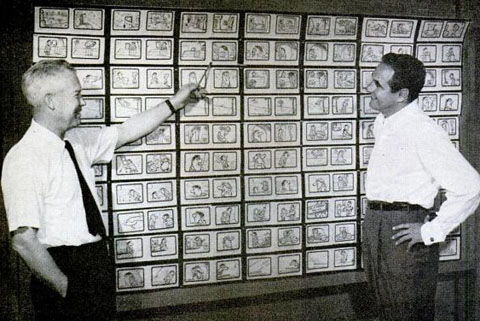
Image via Cartoon Brew
Hanna and Barbera were involved in every step of the process. They worked with writers, storyboarders, voice actors, animators, composers, and even did their own voice acting. They fine-tuned their animation production pipeline so that they could keep themselves involved in every stage of the process. This was especially important because Hanna and Barbera were so invested in maintaining quality control over their work (which they felt was vital to success).
Their work ethic and passion for animation were evident in the films they produced. They had fun with their projects, which showed in the final product.
What You Can Learn From William Hanna & Joseph Barbera
Hanna and Barbera are two animation legends who helped shape cartoons for decades to come. They created some of the most iconic animated characters in history, including Yogi Bear, Huckleberry Hound and Snagglepuss.
The duo worked together on many projects throughout their careers, including episodes of The Flintstones and Scooby-Doo. Their artistic vision brought a unique style to television that has since been imitated countless times but never duplicated - making them pioneers in their field.
If you're looking to work in animation or write your own cartoon series, learn from these masters! They basically set the foundation for the visual style and even comedic senses of cartoons today.
So if you're trying to be the next Hanna or Barbera, be sure to follow our blogs, check out our free masterclass, and our Animation Business Accelerator Program, download a copy of our free marketing handbook, and check out our blog on “How to Start an Animation Studio”!



